Sukhasana: Health Benefits, Variations, How to Do?
What is Sukhasana / Easy pose?
Easy Position— Sukhasana (SOO-HAA-SAH-NAH)
Sukhasana Means The Sanskrit word Sukh means fitness or comfort and Asana means posture. Sukhasana is called a Comfortable Position. It is commonly translated into English as an Easy Position. Easy called as ‘effortless’. But it is not the ideal translation. It is a radical posture used for seated meditation in place of Adept Pose. This posture is for beginners. After getting skills over advanced meditation postures like Adept Pose and Lotus posture, one may discard this posture. The sukhasana Function is Back, Knee and Ankle.
Sukhasana is a simple, comfortable, cross-legged seated and one of the most basic yoga positions usually meant for meditation. Also, it is the basic level Yoga Posture for beginners. This yoga position is the oldest of all yoga postures including Padmasana. As it is the most fundamental position for other
seated yoga positions, their importance cannot be missing. Fifty years ago, Indian people almost used this pose for other day-to-day activities like sitting, eating, but not as a yoga practice. Hence it is very easy for them to satisfy. Maybe, for this reason, this position gets this name in English as Easy Pose. Yet, it is not that easy for a westerner who has a little trial in a cross-legged sitting. With the effect of western culture in India, now it has become strong for Indians too. Sometimes, the term Sukhasana is used to mean any position that gives comfort. However, in this article, we take the meaning of the Easy pose.
The name Easy Pose can be misleading, as this position requires hip flexibility and back strength to hold the position for long periods of time. For those with stiff hips and/or those used to sitting in chairs, Easy Position may require warm-up and extra practice. So, sitting in Sukhasana is sitting any way you can with an easy position. For some people, using prospects such as blankets, towels, and yoga blocks can help you feel as suitable as possible in this pose. Though this position is named Easy Pose. But it is not easy for all.
What are the Benefits of Sukhasana?
This posture looks simple it provides a lot of benefits.
An easy position is a comfortable seated position for meditation. This position opens the hips, lengthens the spine, and promotes groundedness and inner calm.
Easy Position is a hip-opening pose that stretches the knees and ankles and strengthens the back. It stretches and Lengthening your spine. It is also a calming position and it is one commonly used for meditation and go through breathing exercises. While children often sit in this position, adults get used to sitting in chairs and develop tight hips. Easy Position can help open up tight hips. Sukhasana offers a reality of benefits for people who are pregnant. In insertion to opening the hips, it helps stretch the spine, increases energy, uplifts mood improves digestion and betters breathing. Sukhasana harmonizes the Central Nervous System and start up the Parasympathetic Nervous System.
It helps in reducing the Palpitation and Blood Pressure.
Sukhasana control the blood flow to the leg and there by increases metabolism power.
Mastering this posture makes difficult postures like Padmasana and Siddhasana easier.
- Opening up of Mool DharaChakra:
- It creates a calm impression in your mind and body. This position encourages groundedness and a respectful atmosphere in your body. During this exercise, try to focus in between the eyebrows. Lift your energy from the social desires of the world to walk a path towards enlightenment. Improves concentration and focus
Gain Internal Peace, Love, and Happiness:
Sit in dhyana position, and attach with the higher power or universal energy. Yes, this position is physically easy but mentally challenging. At the beginning of your meditation practice, let the random thoughts flow in peace to let them go. Then, after opening your head, you can finally centre on the questions and answers of the world. It helps Improves the body posture. It calms your mind.
Enhance your condition of peacefulness and serenity.
Stretches your Knees, and Ankles:
This position helps to unclose your hips, lengthen your spine, and strengthen your back muscles. The process helps you get free from the slight sprains and free tensions from the contractions in these body parts.
The benefits of the easy sitting pose are plenty which will help you in your personal as well as work life. A motion is a big part of yoga asanas and so is
“sitting still”. Easy Position gives a good stretch to your legs. Knee and hip injury.
Relaxation Therapy:
The mental capacity to control your mind is not easy but can be the only solution to restrict your problems. By looking within, Sukhasana unravels the power of extrasensory perception in the days of confusion. Meditation is a winning path to walk on, which aids your healing, gives you infinite wisdom, and a peaceful mind. It relaxes your brain and manages away the stress. Promotes relaxation.
It gives a soft massage to your knees, calf muscles, and your thighs also. It aids in meditation and Pranayama.
Garner your Internal Happiness:
Get rid of stress, depression, anxiety, and mental tiredness, emotional instability by learning how to balance. In Yoga, they mention that if you can sit in a yoga asana for two hours and thirty-two minutes, then you have mastered the position. So, slowly increase your period and become one with nature.
What is the Preparatory pose?
Very simple position, you will not need uncommon preparation in this. But the person who tolerates knee pain.
They should first warm up their knees. They should perform their knee exercises and stretch so that the knees do not get hurt.
How to do the Sukhasana?
This meditative position is always performed from a seated position for approximately one minute when used as a starting position. When students perform Sukhasana at the end of yoga class, they may hold the position all over from one minute to five minutes or prolonged if a guided meditation is
part of the asana. Follow these step-by-step instructions to effect Sukhasana:
Start from a seated position on the floor. For those with tight hips, sit on top of a bolster, block, or folded towel, yoga mat, yoga blanket, or bare floor with your legs extended outward.
Position your arms and shoulders. Keep your arms to the sides and straighten the shoulder rapier.
Cross your legs. Gently cross the legs at the scale, with one leg on top of the other.
Open your knees. Then position each foot below the opposite knee (cross-legged).
Relax your arms. Place your hands on the knees with your palms downwards.
Adjust your back. Balance your body weight over the sit bones, making sure to press the buttocks into the floor, mat, or blanket.
Soften the neck and study ahead. Inhale strongly and exhale after three seconds, repeating the deep breathing exercise all over. Hold the position for around
one minute or the length of time that your yoga teacher stands.
Repeat. Change the cross position of the legs and repeat the steps of the position.
While the easy position is gentle on the hips, those with extremely tight hips should discuss possible modifications to the position with their yoga instructors to stop the injury. Individuals with hip difficulty should perform the position on a pillow or thick blanket as opposed to bare flooring. You
can also use yoga bolsters to elevate the buttocks and hips.
Disclose every muscle in your face, including your forehead, scalp, and tongue. Fully relax your face while protecting the rest of your body active.
Place your hands on the cover of your knees. Palms can be facing the down or facing the sky with the option of taking a mudra pose.
Your hands can rest on your knees or the tops of your thighs. Turn your palms up to be flexible or down to feel grounded.
On your inhalations, feel your spine expand too long. On your exhalations, root down through your chair.
How to do Sukhasana by Watching the Video?
What are the Counter Poses of Sukhasana?
Sukhasana is a great place to start any yoga exercise. From this position the possibilities are bottomless. And sometimes this is the only position we help to practice.
What are Alignment tips for Sukhasana / Easy Pose?
- Relaxed face
- Neck in line with the spine
- Elevate through the initiate of the head
- Spine straight and extend
- Shoulders downwards and back
- Chest open
- Legs in the relaxed cross-legged position
- Optional: Hands in Mudra position or rested on knees
What are the Modification and Variation?
- Modifications:
- If you take a yoga class, ask your instructor to help you alter this position so that you can get the most out of it and avoid dangerous injury. The use of folded under the ankles or seat can decrease many points of pressure.
- If you have any problems with your knees, sit on top of a block or bolster. If you are a starter and meditating for longer periods, take a sit with your back against a wall for support. If standing is not feasible, meditate while seated in a chair.
- Preparatory Position and Follow up Position:
- Child’s Position | Balasana (Preparatory)
- Sun greeting | Surya Namaskar (Preparatory)
- Butterfly Position | Badhakonasana (Follow-Up)
- Lotus Position | Padmasana (Follow-up)
- Seated reflection (Follow-up)
Variations: This position is very similar to the Accomplished position, Siddhasana.
- In the first variation, you will sit in the normal posture, but the position of your hand will be moderately different, you will make the reflection posture with both your hands.
- In the second position you lift both your hands in the air and attach the palms.
- In the third variation, you roll to your right and keep your hands on the ground and support your body.
Vinyasa
A seated meditation posture is usually selected to begin or end a practice of yoga.
Use one or more of the following postures to build a sequence ending after this position: Seated Head to Knee, Bound Angle, Seated Twist, Seated Angle, Spin Head to Knee.
What are some of the common mistakes in Easy Pose?
Stress in the face (Especially eyebrows, Forehead, and Jaw )
Back is rounded
Neck is twisted
Slump shoulders or shoulders too far back causing an arch
Closed chest
Tendency too far forward
Legs in the painful position
Sukhasana is a fetching straightforward position, but it involves various parts of the body. To get the most benefits from the position and avoid discomfort and potential injuries, try these tips for fine-tuning the position.
Upper Back and Neck
Slumping or allowing your chin to project forward while in an Easy Position can strain your neck or upper back.
Tips:
Lift the breast bone and think in terms of your shoulders widening away from each other (but not too far back).
Draw your chin in toward the front of your neck and imagine the back of your neck being considerately pulled upwards.
Lumbar Spine
In this position, you may have the disposition to allow your lower back to curve inwards (as in a back bend) or outwards (arching your back). Both can put pressure on the spine.
Tips:
If your back is curving inward, imagine your tailbone dropping down toward the floor. This will grant your pelvis to tilt back slightly and the lumbar spine to straighten.
If your back is curving outward, try to considerately tilt the pelvic girdle forward. Putting a blanket or blocks under the buttocks so that the hips are lift a little can, for some people, make it simple to sit with the pelvis tilted forward sufficiently.
Legs
Sitting in Sukhasana can, in some cases, moderate circulation in the legs. This is something to be mostly aware of if you already have a condition that
understanding circulation, such as varicose veins or edema, or if you are pregnant.
Signs of controlled circulation include numbness or a pins-and-needles sensation in the legs and feet.
Tips:
Don’t twist your feet in too close to your pelvis.
Placing them afar away will keep your knees from bending too much. Sitting on some stuffing can also
keep your knees from bending excessively.
Don’t continue in the position for too long.
Consider an alternative position, such as Staff Position (Dandasana).
Hips
If your hips are not that elastic, you may not exist able to place your knees close to the ground. This can influence the posture and strain your spine.
Tips:
Situation yoga blocks or a blanket under your buttocks.
Placing some stuffing under your knees can also give you more stability and help you feel more grounded in this position.
Feet and Ankles.
If the knees are high off the ground, this can cause a significant degree of side wards flexion in your ankles, which can be painful. Or the outside of your ankles may be painful because they are touching the ground.
Tips:
Place soft padding below the ankles or use two yoga mats.
Push each foot below the opposite shin in a traditional cross-legged position.
Bring one heel in about your groin. The other foot may rest on the level in front of you so your heels will line up. This organization opens your legs a
little wider.
What are the Safety and Precautions for Sukhasana?
- This position should stay away from if you have a knee injury. If you are pregnant, every time talk to your doctor before doing this position or any other yoga position.
- It shouldn’t be applied in case of a knee injury.
- Stay away in case of sciatica pain.
- It also shouldn’t be applied to sacral ailments.
- It must not be applied in case of slipped disc (PIVD).
- Sukhasana should be kept away from following health conditions.
- like Sciatica, Sacral Ailments, Knee disorders
- Preparatory Positions
- This posture needs little effort and stability to master and hence there is no need for fundamental postures.
What are the contraindications for Easy Pose?
- A patient with knee illness should do this yoga carefully. Knee pain may increase if provisions are not taken.
- Patients with headaches and inability to sleep should not do sukhasana as it affects their minds.
- Patients with piles, fistula, and hernia should not do the easy position.
- High Blood Presser patients should pay special observation while performing Sukhasana.
- If you have an ache in your neck and back, do not do sukhasana.
- Pregnant women should do this position under the guidance of a doctor.
- Fresh or chronic knee or hip injury or inflammation.
- Sukhasana is a relaxing, gentle position that allows students to focus internally
- while stretching the hips, lengthening the spine, and restraining the back muscles. When performed for meditative motivation, the act of considerately
- balancing the arms on the knees with the palms turned outward symbolizes honesty in receiving. Hands placed in invocation position during
- Sukhasana permits the yogi a focal point while performing deep, making clean breaths, and focusing on their specific prayer or purpose. Potential
- advantages of the cross-legged yoga pose include:
- Pain relief: The position can facilitate lower back and knee pain.
- Improving portability: You can open the knees, hips, and ankles.
- Relaxation: Sukhasana can give you feel calm and encourage repose. Deep breathing and focusing on your breath during Sukhasana can give you realize a sense of inner peace and restful while remaining completely present.

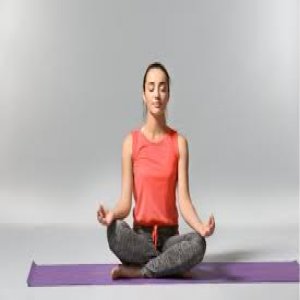
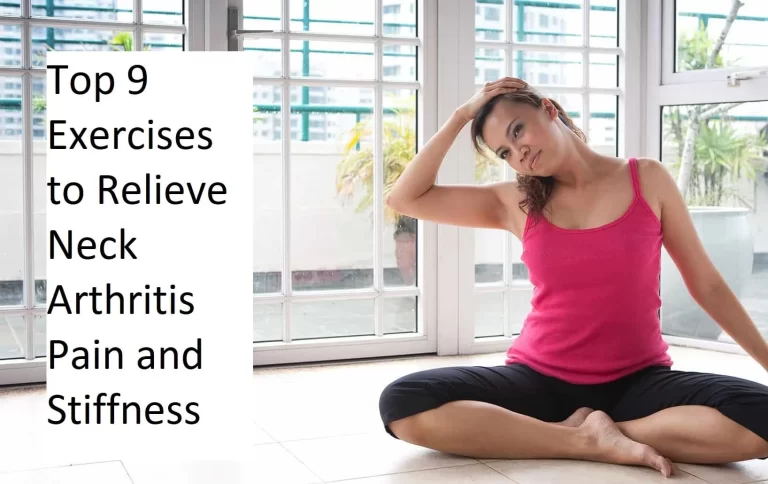
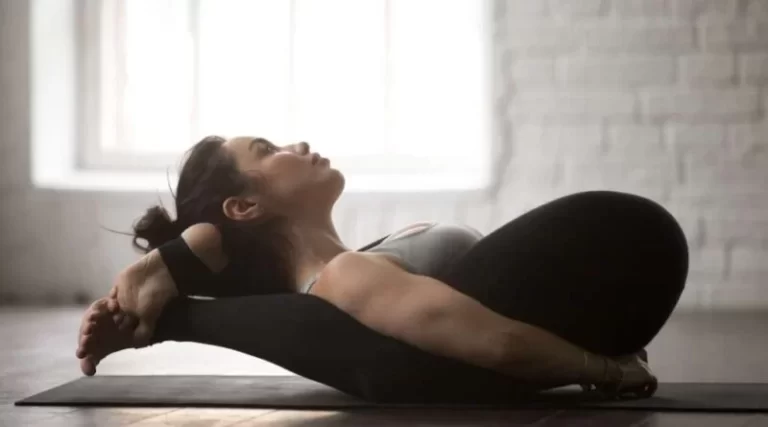
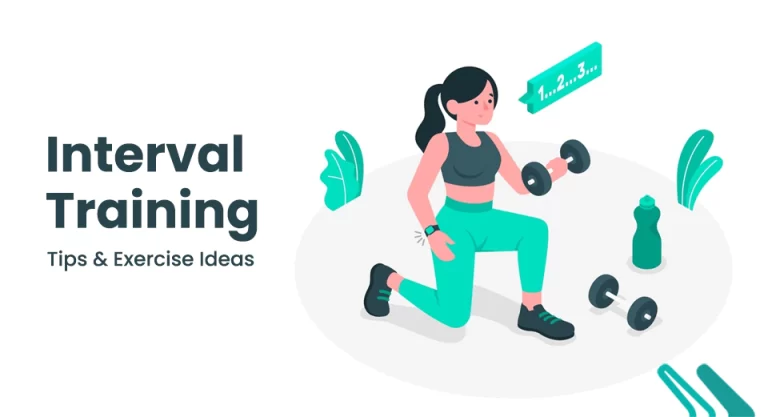


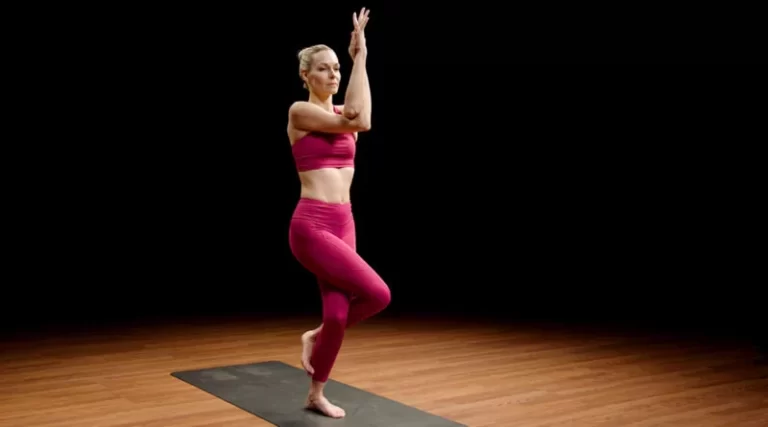
2 Comments